
The presence of antigen-specific and neutralizing antibodies was not associated with Clostridioides difficile infection symptoms, severity, therapy approach, treatment response, or recurrences in a new exploratory study.

Rose is an associate editorial director at The American Journal of Managed Care® (AJMC®).
She has a BA in journalism & media studies and Spanish from Rutgers University. You can connect with Rose on LinkedIn.

The presence of antigen-specific and neutralizing antibodies was not associated with Clostridioides difficile infection symptoms, severity, therapy approach, treatment response, or recurrences in a new exploratory study.

Despite progress in chimeric antigen receptor (CAR) T-cell therapy, further research is needed to fully understand and overcome CAR T-cell exhaustion and improve outcomes.
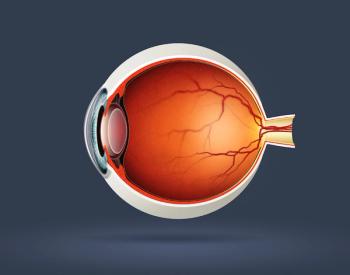
Psychological distress has been shown to impact physical health, and proactive treatment of impaired vision might be one way to mitigate the risk of distress in older populations.
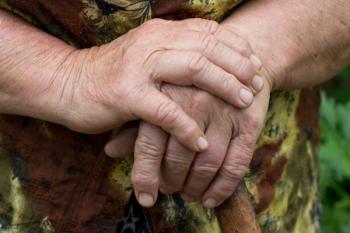
Improving the prevention and diagnosis of primary Clostridioides difficile infection in older adults could reduce mortality and economic burden, according to recent research.

Mantle cell lymphoma is a difficult cancer type with high relapse rates, but novel targeted approaches such as CAR T-cell therapy hold promise for more successful response rates in the future.

Despite current challenges in targeting pancreatic cancer with CAR T-cells, novel targets and strategies hold promise in this difficult disease setting.

A recent review examined currently approved treatments and those under investigation for mantle cell lymphoma.

Cases of Clostridioides difficile (C diff) have increasingly been reported outside of typical settings, and a survey of general practitioners in France found that many cases can be managed without hospitalization.
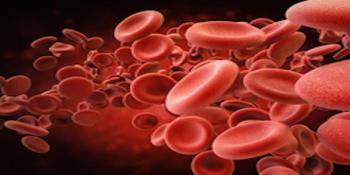
Patients with polycythemia vera (PV) or essential thrombocythemia (ET) had a higher risk of thrombotic events than the general population, which was associated with mortality in a recent study.

Repolarization dispersion has been linked to echocardiographic measures of diastolic dysfunction in past research, and a recent study found it potentially indicative of pulmonary arterial hypertension severity.

A recent study found that a selection of non-invasive markers could help identify high-risk children with pulmonary arterial hypertension associated with congenital heart disease.

Women are known to experience more adverse events with chemotherapy, but a recent study found an increased risk across therapy types, especially immunotherapy.

Although chimeric antigen receptor (CAR) T-cell treatments have shown efficacy in certain cancers, targeting multiple antigens and overcoming production limitations may advance the field and make this therapy more effective and accessible.

A small study found that decreased retinal vascular density identified by optical coherence tomography angiography may be linked to faster visual field loss at extended follow-up.
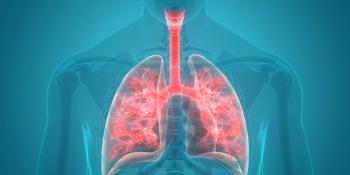
A small study in northwestern China suggests earlier detection of depression and anxiety in patients with pulmonary arterial hypertension may improve patient quality of life.

Pharmacological treatment trends and health care utilization rates were the focus of an observational study of Swedish patients with narcolepsy.
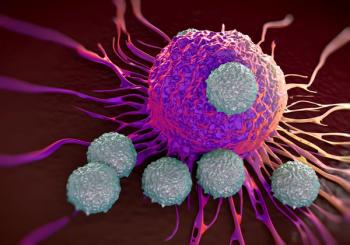
Research has shown that adoptive immunotherapy using natural killer cells may be beneficial in leukemia treatment. The follow-up to a recent study found that the dose of alloreactive natural killer cells matters for treatment response.

Studies focused on Asian populations with pulmonary arterial hypertension (PAH) treated with sildenafil are rare, and a new meta-analysis has found the phosphodiesterase-5 inhibitor effective in this understudied subgroup.

A recent review examined natural killer–based therapies, a type of immunotherapy that holds promise for treating leukemia with less toxicity than currently available therapies.
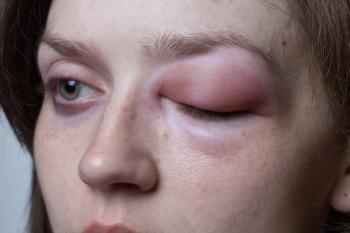
SARS-CoV-2 might target lacrimal glands, causing eyelid swelling due to chronic dacryoadenitis after COVID-19 infection.

A survey of patients with sleep apnea and those at high risk for it identified key aspects of the care pathway where patients have preferences that may inform future processes.
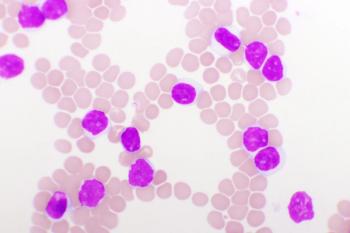
Myelodysplastic syndrome has a variety of clinical presentations, including bone marrow fibrosis. Previously, the presence of fibrosis has not been considered in disease risk scoring in MDS, but recent research suggests it may be a valuable risk factor.
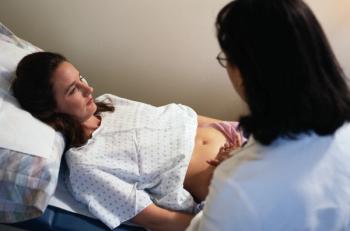
A study published in American Journal of Respiratory and Critical Care Medicine found that sleep disordered breathing in pregnancy led to a higher risk of both metabolic disease and hypertension up to 7 years post partum.
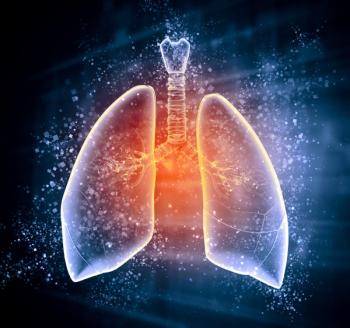
This new study aimed to identify metabolic differences in endothelial cells in pulmonary arterial hypertension and chronic thromboembolic pulmonary hypertension (PH) to aid in the development of novel therapeutic approaches.

An update to the ERNEST study found a survival benefit in ruxolitinib for the treatment of myelofibrosis in both the first and second line vs hydroxyurea.

Contrary to research done on adults, a recent study found that children may be highly sensitive to light exposure of any intensity before bedtime.
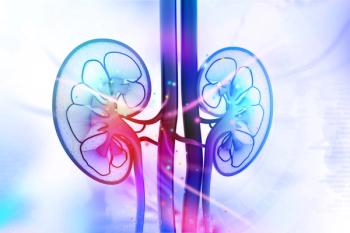
Metastatic renal cell carcinoma (mRCC) has seen increased treatment options in recent years, including immunotherapy (IO) combinations paired with tyrosine kinase inhibitors (TKI). A meta-analysis of phase 3 trials aimed to compare and rank available first-line treatments.

A recent analysis found a strong negative correlation between plasma THC levels and intraocular pressure in healthy adults after smoking cannabis.
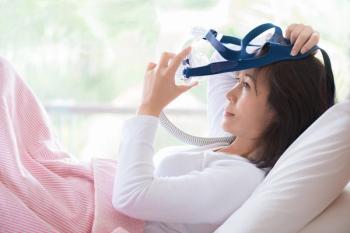
Nasal surgical intervention led patients with obstructive sleep apnea (OSA) who historically were nonadherent to continuous positive airway pressure (CPAP) treatment to become adherent and experience improvements in objective and subjective severity measures.
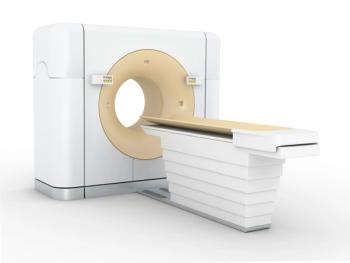
Idiopathic pulmonary arterial hypertension and pulmonary hypertension due to chronic lung disease can be difficult to differentiate, but new research suggests descriptions of lung parenchyma in routine CT scans may prove useful.

259 Prospect Plains Rd, Bldg H
Cranbury, NJ 08512
© 2025 MJH Life Sciences®
All rights reserved.
